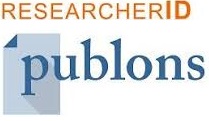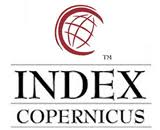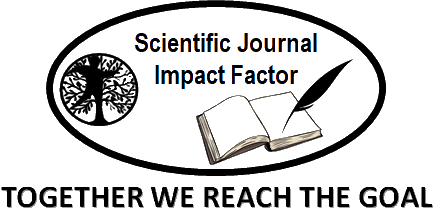Measuring Russia’s Core Inflation: A Common Trends Approach
Abstract
In this study, we estimate core inflation in Russia using a common trends model over the period from January 2018 to January 2022. In this framework, core inflation is estimated from the information contained in the following variables: the Consumer Price Index (CPI), the Money Supply (M3), and the Industrial Production Index (IPI). Unlike other commonly used measures such as the structural VAR model, the core inflation obtained by the common trends method has a strong correlation with monetary growth and less volatile than headline inflation. It provides an estimate of underlying inflation based on broader information, integrating macro-economic variables which play an important role in determining the long-term inflation rate. It thus makes it possible to identify the strategies of monetary and budgetary policies making it possible to achieve the inflation target and an economic growth objective.
Keywords
Full Text:
PDFReferences
. Andrew Atkeson,V.V. Chari, Patrick J.Kehoe(2007). On the optimal choice of a Monetary Policy Instrument. Federal Reserve of Mineapolis, Research Departement Staff Report 394.
. Alexander Tsyplokov(2004). Constructing Core Inflation Index for Russia, Economics Education and Research Consortium.Working Paper Series ISSN 561-2422.
. Bacon DW,Watts DG(1971). Estimating the transition between Two Intersecting Straight Lines,Biometrika 58(3): 525-534.
. Elena Deryugina,Alexey Ponomarenko,Andrey Sinyakov and Constantine Sorokov(2015). Evaluating underlying inflation measures for Rusia, Bank of Russia.
. International Monetary Fund(2007). Understanding Russia’s Inflation in the Post-1998 Crisis Period.
. Poole,William(1970). Optimal choice of Monetary Policy Instruments in a Simple Stochastic Macro Model, Quaterly Journal of Economics,197-216.
. Stock, J.H., Watson, M.W(1988).Testing for common trends. Journal of the American Statistical Association 83 (December), 1097–1107.
. Teräsvirta (1998). Modelling Economic Relationship with Transition Regressions. In Dekker M, (Ed.),Handbook of Applied Economic,pp.507-552,New York.
. Teräsvirta (1994). Specification,Estimation,and Evaluation of Smooth transition Autoregressive Models. Journal of American Statistical Association. 89(425):208-218.
. Teräsvirta,Timo,Van Dijk,Dick;Medeiros,Marcelo C(2004). Linear models, smooth transition autoregressions and neural network for forecasting macroeconomic times series: A reexamination. ECONOSTOR,No.485.
. Warne, A. (1993). A common trends model: Identification, estimation and inference (IIES, Stockholm University Seminar Paper No. 555).
DOI: http://dx.doi.org/10.52155/ijpsat.v48.2.6946
Refbacks
- There are currently no refbacks.
Copyright (c) 2025 Samuel Albert Andriamiarintsaina RANDRIA

This work is licensed under a Creative Commons Attribution 4.0 International License.



















